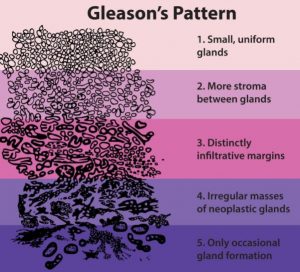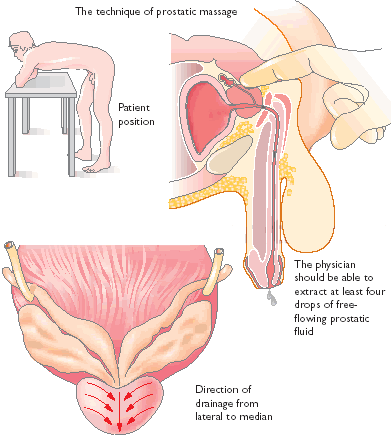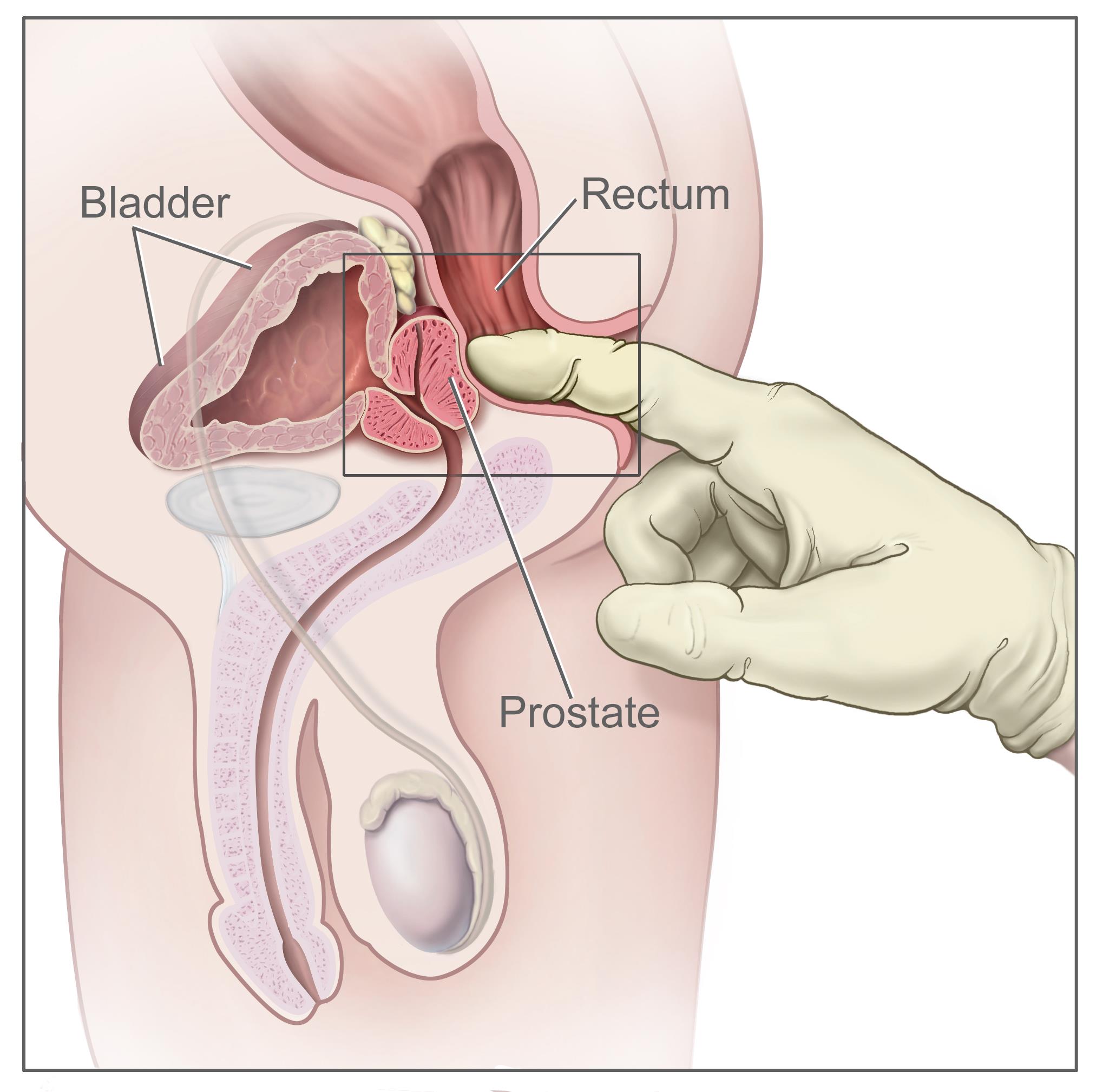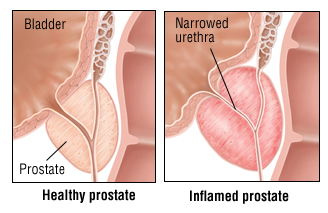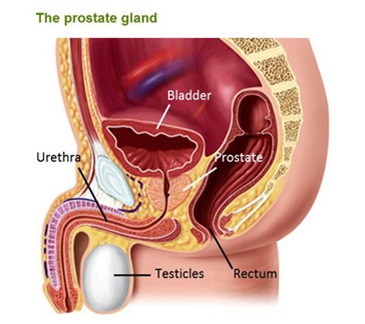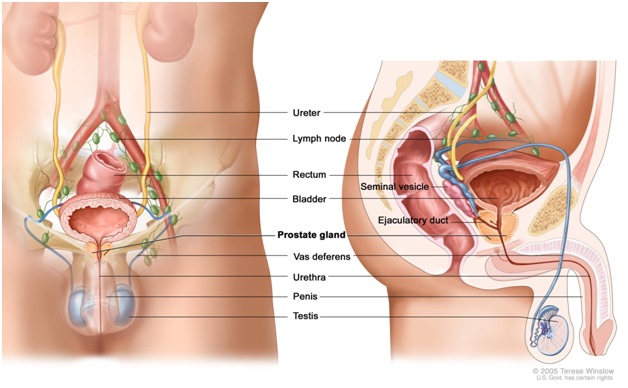Prostate Gleason Score
Besides prostatitis and BPH, prostate cancer is one of the diseases of the prostate. Prostate cancer, just like any other kind of cancer, involves the growth of malignant cells in the gland. Prostate cancer causes virtually similar symptoms with BPH. However, the major danger of it is that prostate cancer can spread to other parts of the body such as the lymph nodes and the bones. Several factors increase the incidence of prostate cancer, among these, include age and family history. The Prostate Gleason score is crucial in predicting the behavior of a prostate cancer and determining the best treatment options.
Prostate cancer staging and biopsy
Prostate cancer staging is very important in its treatment; it is designed to tally with the prostate Gleason score. The biopsy of prostate cancer involves the removal of small hollow needle-core samples from the prostate gland and examining for the presence of cancer under a microscope. Pathologists are specially trained to carry out prostate cancer biopsy to stage the disease.
To determine the extent of the disease, usually, it is being graded by pathologists on the scale of 1 to 5. The scaling represents the physical appearance of the cancerous tissues when viewed with a microscope. Typically, it determines how much of the cancerous tissue looks like a normal prostate tissue with scale one indicating that the tissue looks very much like normal tissue while scale 5 represents that the tissue looks very abnormal. This scaling is used to denote the growth patterns of cancer. Scale number 2, 3 and 4 stands in between the two extremes of 1 and 5, denoting a gradual increase in abnormality of the tissue.
The Gleason System and Score
The scales as mentioned above in themselves do not represent the system for grading prostate tissues malignancy. Different areas of the prostate could be associated with different grades. Two areas that constitute most of the cancer are usually assigned grades to determine the prostate Gleason score. The combination of the two grades denotes the prostate Gleason score, which could be rendered as Gleason sum. Since it is the combination of two scales with each having the highest grade 5, the Gleason sum has 10 as its highest grade.
The two areas to be chosen for the Gleason sum are not selected at random. The tumor is first inspected for the most common grade. This grade is assigned to the first number and the second number is less prevalent in the tumor than the first. In other words, if the prostate Gleason score reads 3+4 = 7, it shows a Gleason sum of 7 with most of the tumors having grade 3 and less of them having grade 4. Instead of writing the Gleason score as 3+4 = 7, it can also be written as Gleason 7 (3+4) or Gleason 7/10.
Of course, the tumors in the prostate gland can all have the same grades. Suppose they all have grade 4, it may be written as 4+4 = 8. In general, the prostate Gleason score simply determines the likelihood of the tumor growth and spread. Thus a Gleason score of 8 would likely grow and spread than a Gleason score of 7 and 6.
Prostate Cancer Differentiation
It could be surprising that the lowest prostate Gleason score is 6. This is because prostate grade 1 and 2 are not used in biopsies. When the Gleason sum is 6, it implies that the cancer is well differentiated or has a low grade. At this stage, the prognosis of the prostate gland has a good outlook and it means that the cancerous cell is less aggressive. It will not spread or grow very quickly. However, the reverse is the case if the prostate Gleason score range between 8 and 10. With this Gleason score, the cancer is poorly differentiated and has a high grade. This implies a greater level of aggressiveness and therefore tendency to grow and spread quickly. Moreover, prostate cancer cells with Gleason score of between 9 and 10 is likely to double the growth of a cancerous cell with Gleason score 8.
Considering the Gleason score 7, it can either result from cancer with the first having grade 3 and the second having grade 4 or vice versa (that is Gleason scores 3+4 = 7 or 4+3 = 7). The Gleason score 4+3 = 7 implies that most of the tumors have grade 4 while the Gleason score 3+4 = 7 shows that most of the tumors have grade 3. The former would obviously grow and spread more quickly than the latter but of course, less quickly than the Gleason score 8 (no matter the combination).
Prostate Gleason Score Upsides and Downsides
Usually, the Gleason score taken from two areas of the prostate can tell the actual cancer grade, however, 20% of the cases can either be lower or higher than the true cancer grade. The prostate Gleason score plays vital roles in ascertaining the cancer behavior and an adequate treatment method to be leveraged. Of course, some other factors may also be required to accurately treat the malignancy.
As considered above, the Gleason system has some issues. In theory, the grading range from 2 to 10 but in practice, it starts from 6. This leads to confusion, especially among patients. To address this problem with the Gleason system, prostate cancer can be graded with a system known as Grade Groups with Grade Group 1 tallying with Gleason Grade 6 or less, Grade Group 2 tally with Gleason 3+4=7, Grade Group 3 with Gleason 4+3 = 7, Grade Group 4 with Gleason 8, and Grade Group 5 with Gleason 9-10.
Conclusion
Prostate cancer becomes more dangerous as it grows and spreads; it is best to deal with the condition at its early stage. Of course, you can try using radiation therapy, chemotherapy or hormone therapy. While these methods may work in some cases, they have huge side effects. Being proactive will save you a great deal and help you to improve your prostate health as early as possible. You can minimize your risk of developing prostate cancer through regular exercises, maintaining a healthy prostate diet, keeping yourself warm, visiting your doctor and having more sex. Follow the steps provided here to improve your prostate health.

